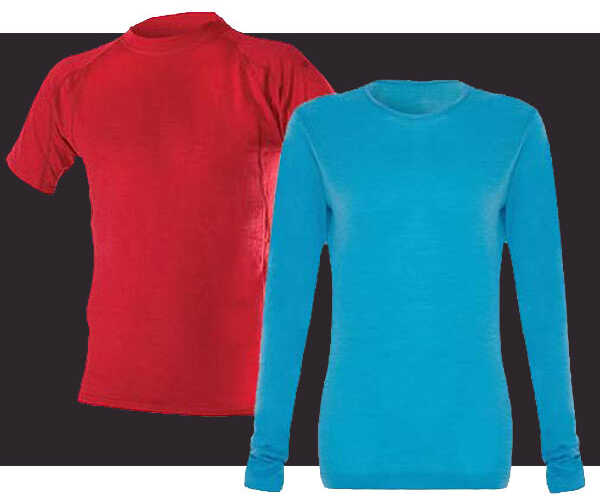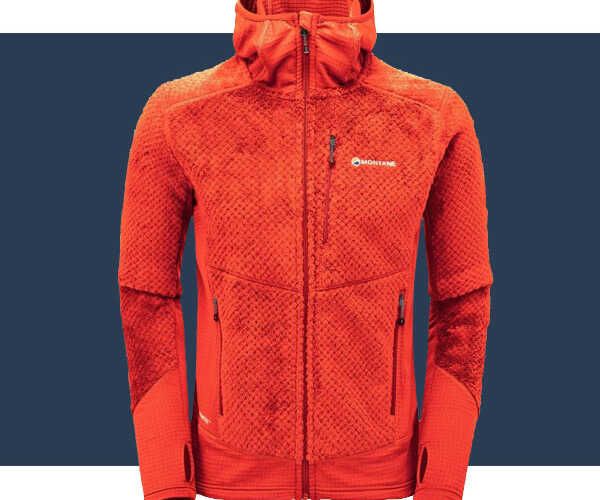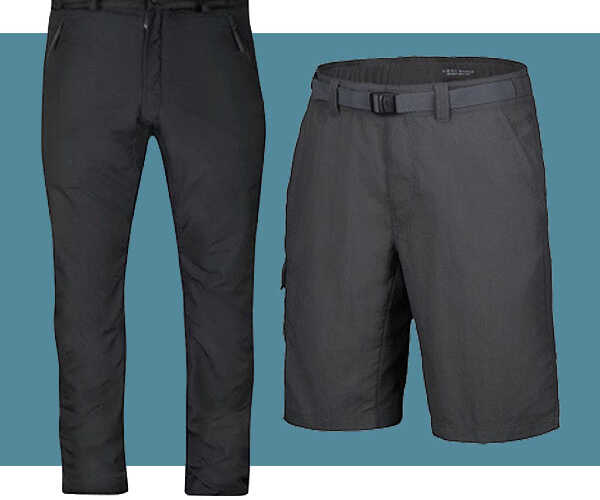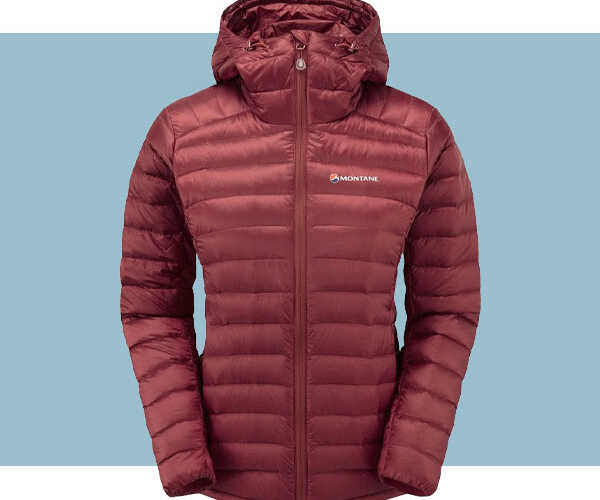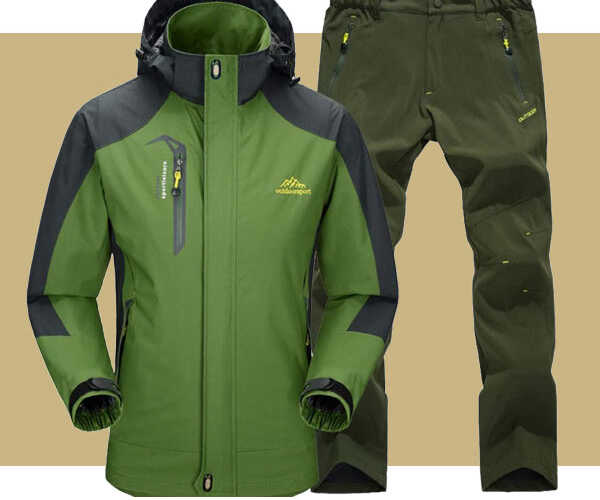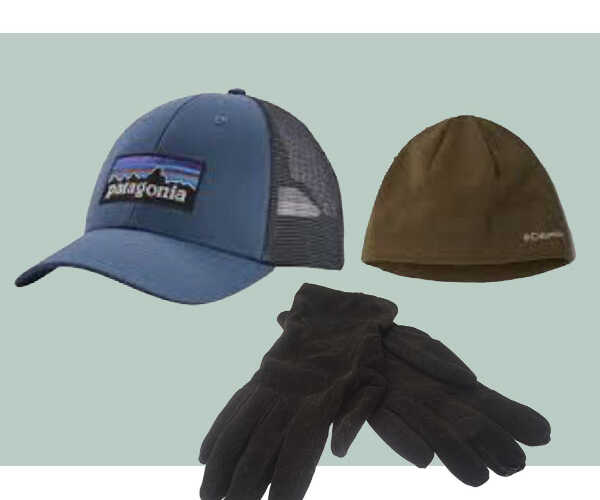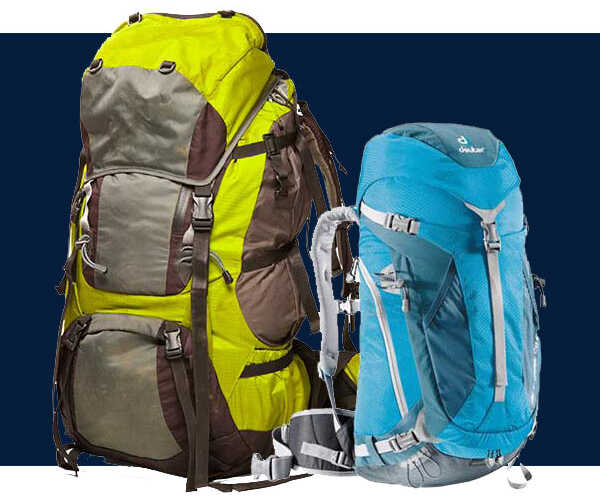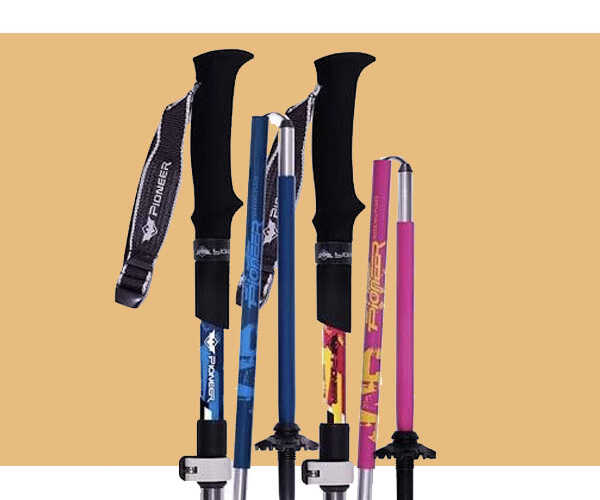The Dolomites are located in northeastern Italy and form part of the southern Alps. Being a bit further south means that the high mountain passes tend to be snow-free earlier in the season, with slightly warmer temperatures. However, you’ll still need equipment suitable for walking on rugged paths at high altitudes, as conditions can vary dramatically even in summer. Afternoon thunderstorms can also be an issue in the Dolomites, often arriving quickly, so it’s essential to be prepared.
Please review our kit list and the video below to help you pack for your trek. If you need additional information, feel free to get in touch.

